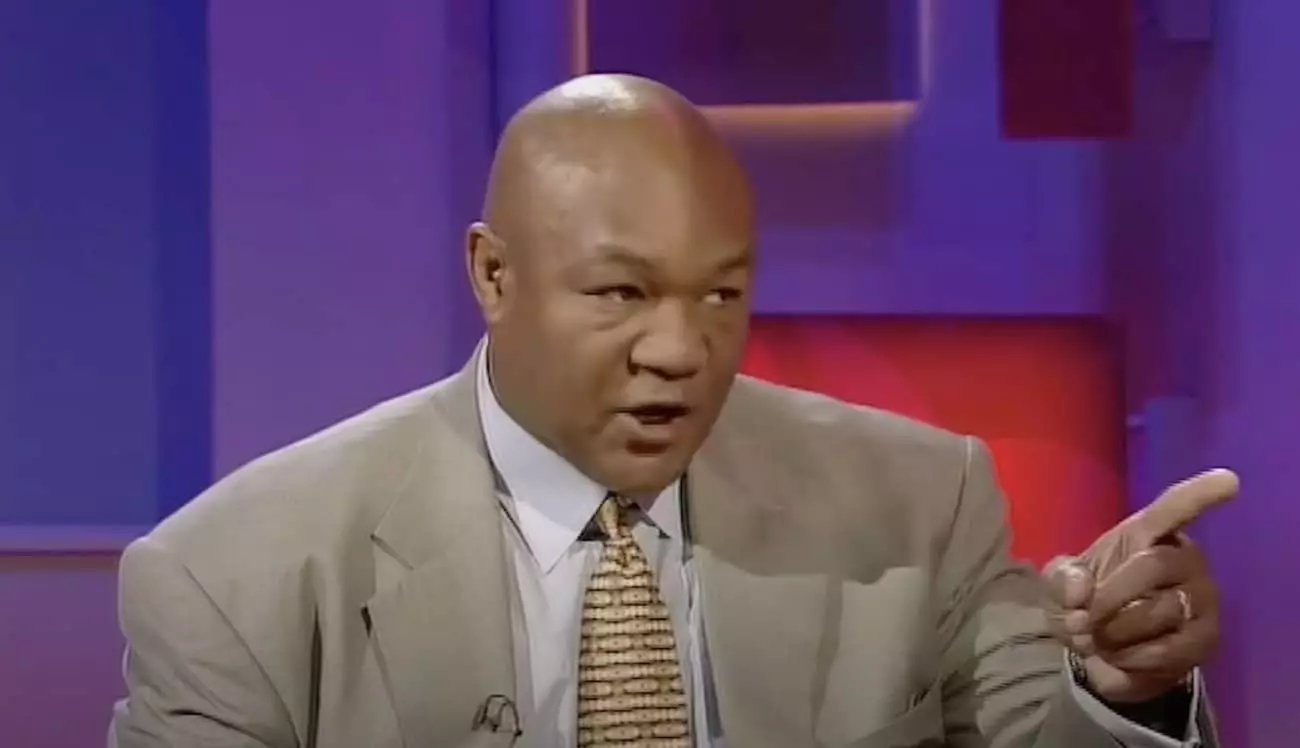George Foreman’s boxing career has been a tumultuous saga, filled with triumphs, setbacks, and a resurrection that captured the hearts of fans worldwide. His story reached a notable high point on November 5, 1994, when he triumphed over Michael Moorer to become the oldest heavyweight champion at the age of 45. This match not only reflected Foreman’s physical prowess but also offered a sense of redemption for a man who had faced significant demons in the past.
In the pantheon of boxing greats, George Foreman’s name rings loud and clear. His early years in the sport, particularly his formidable strength and knockout power, put him on a path to superstardom. However, his shocking defeat to Muhammad Ali in the 1974 Rumble in the Jungle left an indelible scar. This loss, which many viewed as a humbling moment in Foreman’s career, initially sent him into a downward spiral, distancing him from the very sport that had previously lifted him to monumental heights.
Foreman’s comeback fight against Moorer not only served as a pivotal moment in his career but also represented his desire for closure. After twenty years of grappling with the loss to Ali and redefining his identity, the fight against Moorer symbolized a full-circle moment, tying together past regrets with present accomplishments.
The Fight: Resilience Against All Odds
The bout against Moorer was labeled as “One For The Ages,” for several compelling reasons. Firstly, the stark contrast in their ages highlighted the incredible nature of the encounter: the 45-year-old Foreman against the younger, in-shape, and previously undefeated Moorer. Many pundits, such as Larry Merchant, pointed out that Foreman had even fought with the same trunks he wore during his legendary battle with Ali, which added a layer of nostalgia to the clash.
From the outset, Moorer exhibited an edge in speed and technique. He danced around Foreman, using his agility to score points while avoiding significant damage. But beneath the surface of Moorer’s apparent superiority lay a dangerous underestimation of Foreman’s experience and calculating style. With each passing round, Foreman was outboxed but not outmatched. His strategy of wearing Moorer down while patiently waiting for the right moment to strike was telling of his boxing intelligence honed over decades.
Foreman’s preparation and tactics came into sharp focus when the fight entered its later stages. While Moorer proclaimed his intent to not only win the match but to knock Foreman out definitively, this mindset ultimately played into Foreman’s hand. Instead of playing it safe and sticking to his winning strategy, Moorer’s aggressive approach placed him in precarious positions.
The climax of the fight arrived in the tenth round, when Foreman landed a devastating right hand that sent Moorer crashing to the canvas. At that moment, everything changed. The unthinkable happened: the boxing world bore witness to an extraordinary upset, encapsulated perfectly by Jim Lampley’s exclamatory remark, “It happened.” Moorer, stunned and bewildered, fought to comprehend what had just transpired, while Foreman knelt in gratitude, reflecting on a long journey filled with struggles and redemption.
This victory did more than just etch Foreman’s name among the annals of boxing history. It instigated a broader conversation about the nature of resilience, the indomitable human spirit, and the capacity for change. Foreman’s story of revitalization resonated not only with boxing enthusiasts but with anyone who has ever faced insurmountable odds. The victory encapsulated the notion that it’s never too late to make a comeback, a lesson that transcends the bounds of the boxing ring.
As we reflect on the significance of Foreman’s victory over Moorer, we celebrate not just a sports milestone but a poignant narrative of redemption. In the years since that fateful night, Foreman has remained a beloved figure within the sport and has contributed positively to society, illustrating how one can rise from the ashes of defeat.
On the thirtieth anniversary of that fight, it’s essential to remember not just the fight itself but what it meant for Foreman’s personal journey—his transformation from a young, brash competitor to a wise, seasoned veteran who could conquer not just opponents, but his own past. His return to glory serves as a reminder of why we celebrate sports: not just for the victories and trophies, but for the stories of resilience that inspire us all.


Leave a Reply